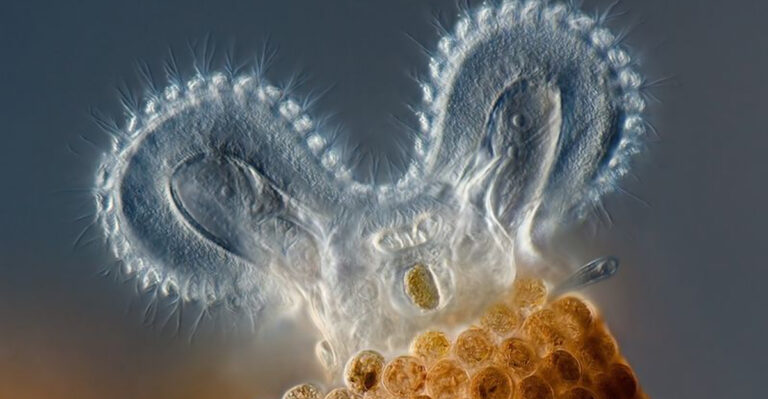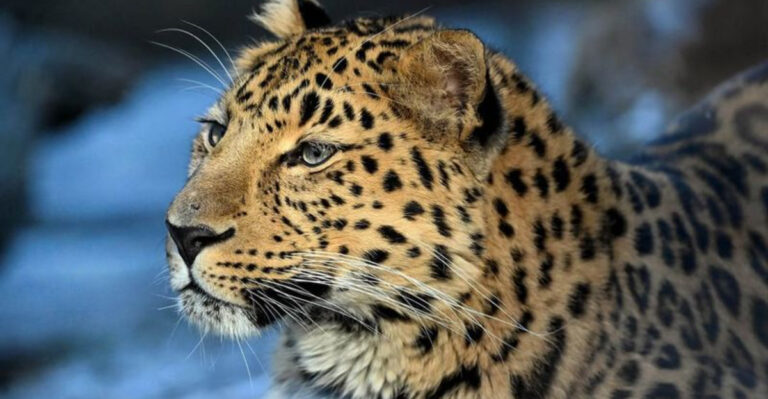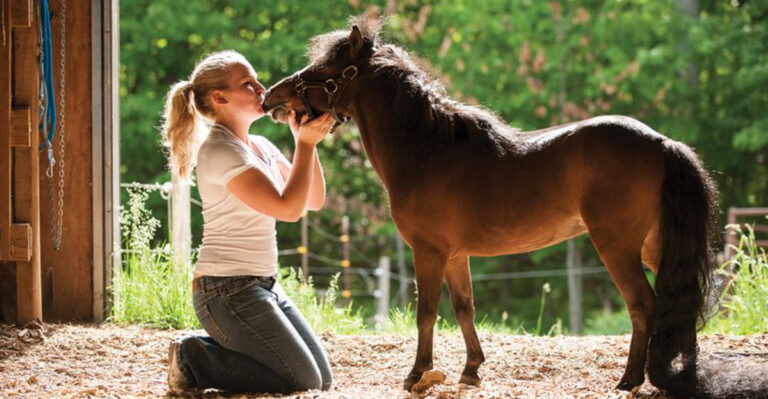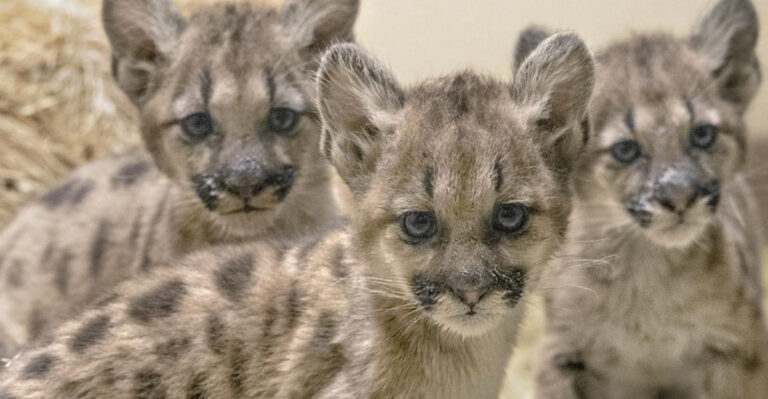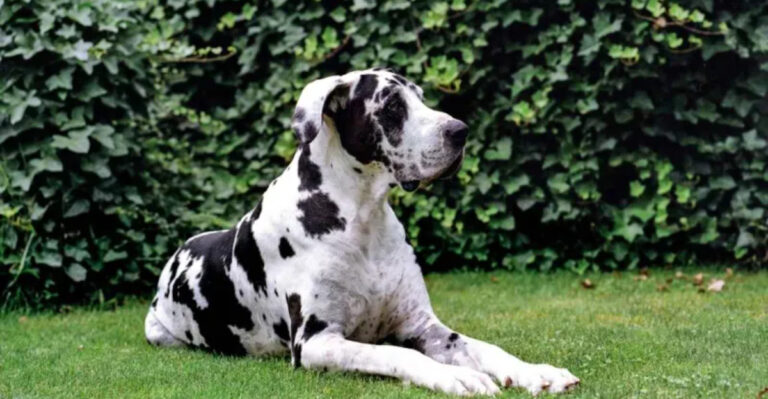Extinct Species Makes A Surprising Comeback (Just When We Need It Most)
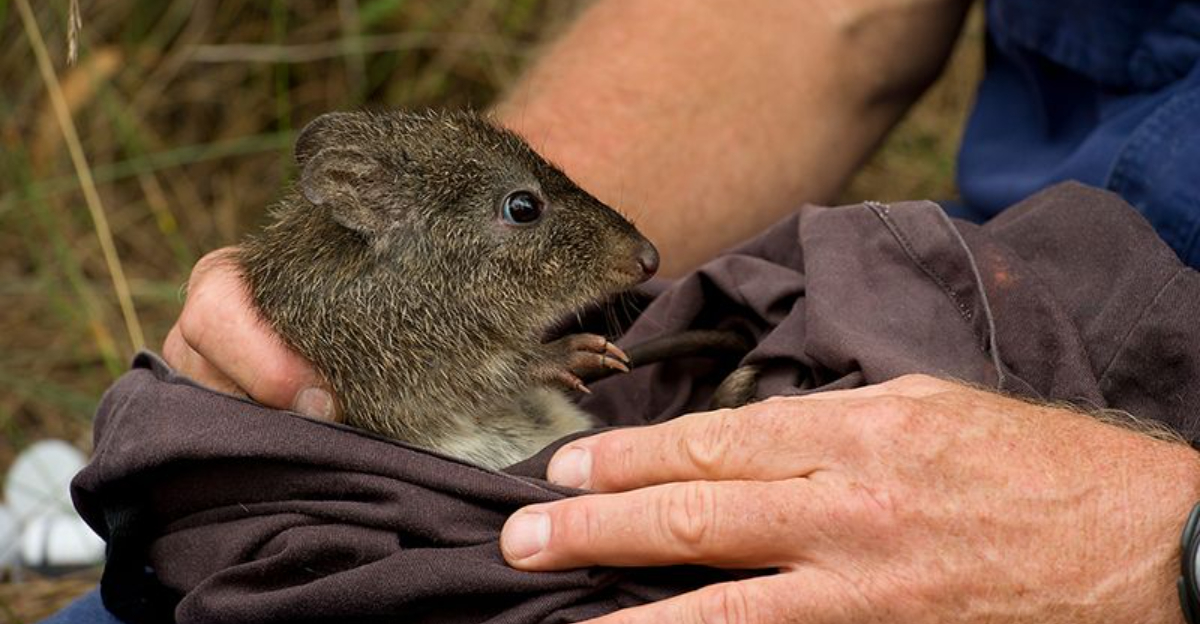
In the world of wildlife conservation, few stories inspire as much hope as Gilbert’s Potoroo. This nocturnal marsupial was believed extinct for over a century until its miraculous rediscovery in 1994 at Two Peoples Bay Nature Reserve in Australia.
The potoroo’s unexpected return sparked crucial debates about conservation’s role in saving critically endangered species.
Here are some remarkable facts about this tiny marsupial’s journey from presumed extinction to an inspiring comeback story.
1. Rediscovered In 1994: The First Glimmer Of Hope

After vanishing for over 100 years, Gilbert’s Potoroo was accidentally found during a routine survey for wallabies. A researcher’s trap caught what seemed impossible—a living specimen of a species long declared extinct.
This momentous discovery at Two Peoples Bay Nature Reserve in Western Australia shocked the scientific community and instantly transformed this small marsupial into a conservation priority.
2. A Nocturnal Marsupial: The Mystery Of Its Disappearance

Moonlight reveals these secretive creatures emerging to forage for underground fungi. Their nighttime lifestyle made them nearly impossible to track or study, contributing to their mysterious disappearance from scientific records.
Weighing just 1-2 pounds with soft gray-brown fur, these kangaroo relatives vanished so completely that zoologists assumed they’d gone extinct shortly after European settlement.
3. Critical Endangerment: Facing The Brink Of Extinction
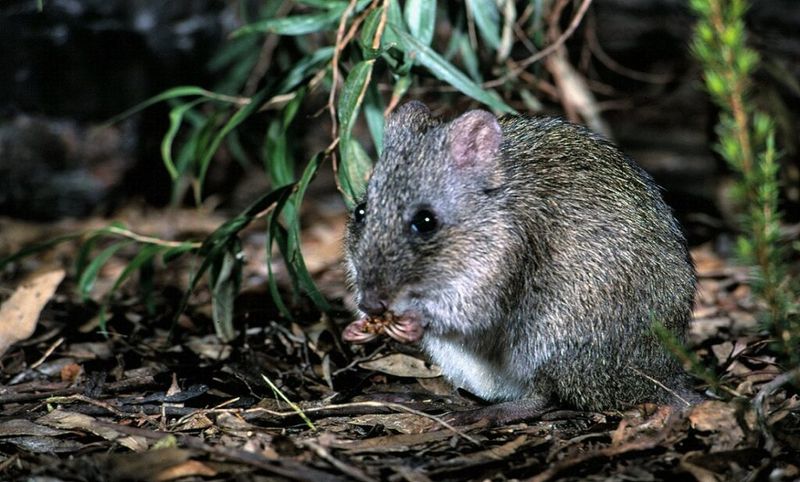
With fewer than 40 individuals remaining in the wild, Gilbert’s Potoroo earned the unwanted title of Australia’s most endangered mammal. Habitat destruction, bushfires, and introduced predators pushed this species to the edge.
Their specialized diet of underground fungi makes them particularly vulnerable to ecosystem changes. Each lost potoroo represented a devastating blow to their genetic diversity.
4. Conservation Efforts: A Key To The Species’ Recovery

Round-the-clock monitoring tracks every aspect of potoroo life. Scientists collect droppings, install camera traps, and radio-collar individuals to understand their movements and behaviors.
Custom-built predator-proof sanctuaries now protect these marsupials from cats and foxes. Conservationists also conduct controlled burns to maintain the specific habitat these fungi-loving creatures require for survival.
5. Two Peoples Bay: The Crucial Role Of Protected Reserves

Nestled along Western Australia’s southern coast, this hidden paradise became the potoroo’s last refuge. Dense vegetation and minimal human disturbance created the perfect sanctuary for this shy species.
Rangers now carefully manage this reserve, restricting access during breeding seasons. The bay’s unique microclimate supports the underground fungi that comprise 90% of the potoroo’s specialized diet.
6. Breeding Programs
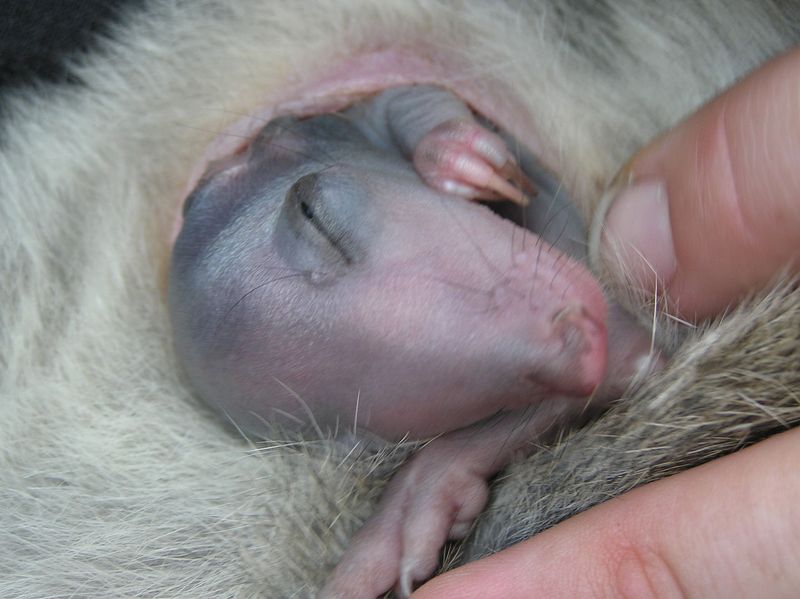
Behind the scenes at Perth Zoo, specialized breeding enclosures mimic natural conditions down to the soil microbes. Each birth represents a tiny victory in the race against extinction.
Female potoroos can produce three young annually, but survival rates remain challenging. Conservation teams celebrate every successful joey, tracking genetic lineages to ensure maximum diversity in this fragile population.
7. From Near Extinction To Population Growth

From a mere handful of individuals in 1994, the population has grown to over 100 potoroos today. Each annual count brings cautious celebration as numbers slowly trend upward.
Success didn’t happen overnight. Twenty-five years of meticulous conservation work created this remarkable turnaround. The potoroo’s gradual recovery proves that even species on the brink can bounce back with dedicated intervention.
8. Importance Of Feral Animal Control
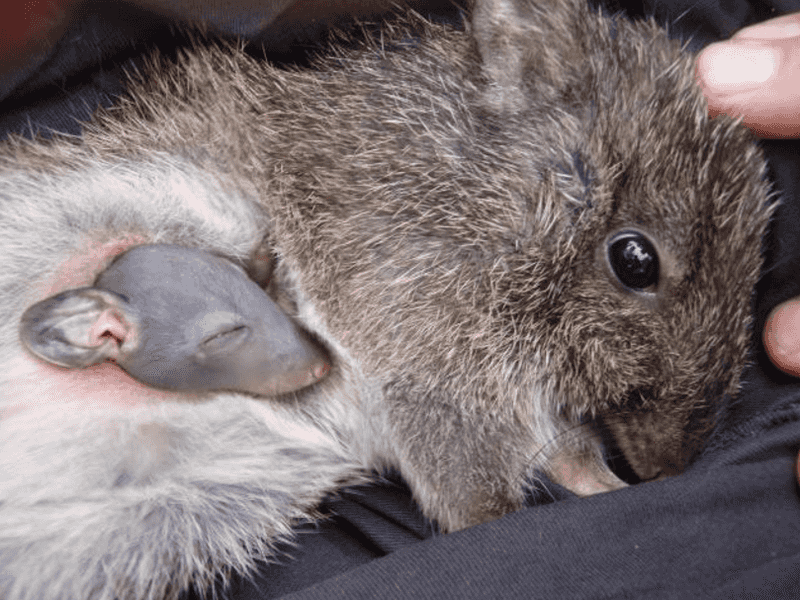
Strategic fox baiting programs create safe zones where potoroos can thrive. Special fences with underground barriers prevent cats and foxes from entering critical habitat areas.
Trained conservation dogs detect predator scents, allowing rangers to respond quickly to threats. This multi-layered approach has dramatically reduced predation rates, giving potoroo families a fighting chance at survival.
9. A Model For Other Conservation Efforts

The potoroo’s recovery blueprint now guides conservation for other presumed-extinct species. Scientists apply similar techniques to search for lost mammals in remote regions worldwide.
Collaborative approaches proved essential—government agencies, universities, and community groups pooled resources. The potoroo demonstrates how persistence pays off, even when odds seem impossible.
10. Genetic Diversity

DNA samples from every known potoroo help scientists map family trees and prevent inbreeding. Genetic testing reveals surprising resilience in this small population, offering hope for long-term viability.
Sperm banking preserves genetic material for future generations. Careful matchmaking between breeding pairs maximizes diversity, helping this tiny population overcome the genetic bottleneck that typically dooms recovered species.
11. Community Involvement

Volunteers from nearby Albany regularly assist with habitat restoration, planting native vegetation that supports the fungi network. School groups participate in “Potoroo Patrol,” learning about conservation while helping with monitoring projects.
Local farmers have established wildlife corridors on their properties, creating safe passage between protected areas. This grassroots support has been instrumental in expanding the potoroo’s potential range.
12. The Future Of Gilbert’s Potoroo

Satellite populations now exist on predator-free islands, creating insurance against mainland disasters. Innovative tracking technologies monitor movements without disturbing natural behaviors.
Climate adaptation strategies prepare for future challenges. While still critically endangered, the potoroo’s trajectory points upward—a living symbol that extinction isn’t always forever and that human intervention can reverse even the most dire wildlife crises.

